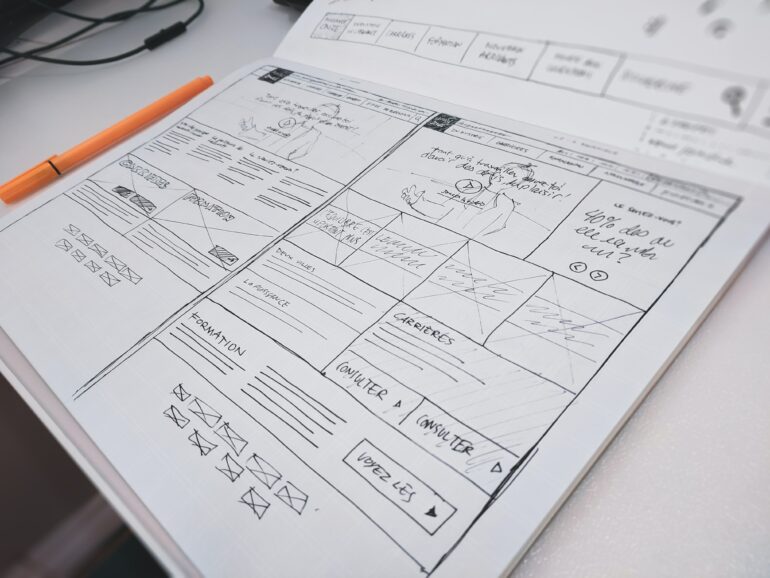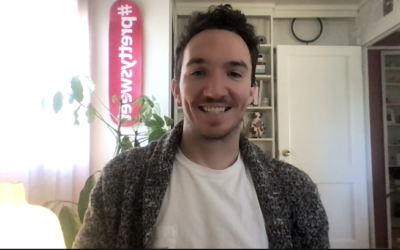As we approach the season of gratitude, we’ve been reflecting on what makes us, well, grateful. And yes, our list includes the usual suspects — health, jobs, clients, family, friends, nurses, teachers, technology — but we also want to shoutout an unsung hero in our jobs that can make all the difference when working toward a successful project execution: the Client Brief.
If you had a visceral reaction just then, you’re not alone. If we’re honest, we absolutely understand why briefs get such a bad reputation (because we also understand why logging time is like pulling teeth). It can be tedious, it can take away from the creative energy you’re trying to inspire in your agency partner, and it can become repetitive. But we’ve found it’s an important first step in determining how we can best partner with a client on a project-by-project basis.
Our ideal brief has 9 fields that we ask clients to fill out, but we’re highlighting tips for the 5 that we think make the most difference.
Single-minded Proposition (AKA the “take-away”)
Vice President of Client Success Lucas Droessler recently added this to our briefs. He says it’s a great place to hone in on what level of confidence or understanding a client has of the project they’re asking for. If a client can concisely communicate their needs in this field, we know we can jump right into timelines and execution. But if things seem murky, we’ll know it’s an opportunity to work more strategically with a client to get closer to a project they feel confident about — and one we can successfully deliver on.
Timing
“ASAP” is in the eye of the beholder, because what’s possible can depend on our backlog or your budget. A better option is to offer your ideal, concrete calendar date, and work with your Client Success Manager to find what’s realistic for both parties — with all factors taken into account.
Budget
In our experience, clients don’t like to fill out this field. But here’s the thing: It’s critical information for us in order to take the right approach to a project. We get that it feels like you’re showing all your cards, but is that actually so bad? We promise our fixation is less with the size of your budget and more with how we can maximize it to create something truly impactful for you.
Mandatory Requirements
The title may seem intimidating, but don’t overthink it. This field is a perfect opportunity to link us to the essentials: your brand guide, your ADA compliance requirements, logo and icon working files, approved photos — anything in your arsenal that helps us respect your brand and goals. If you need to see it in the final product, please make sure it’s in this field.
Audience
This one is pretty standard: B2B or B2C, consumers or prospects, etc. However, we could gently caution our clients to remember that more often than not, they aren’t their target audience. Too often, stakeholders prioritize their wants above the wants of the audience, which can end in design by committee, or just a general misalignment of the original goal of the piece we’re producing. This is also where audience insights, past campaign results, or other data sharing will come in handy, as our best work happens at the intersection of science and creativity.





